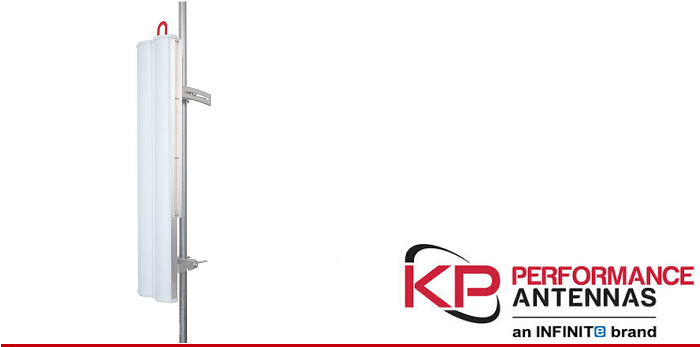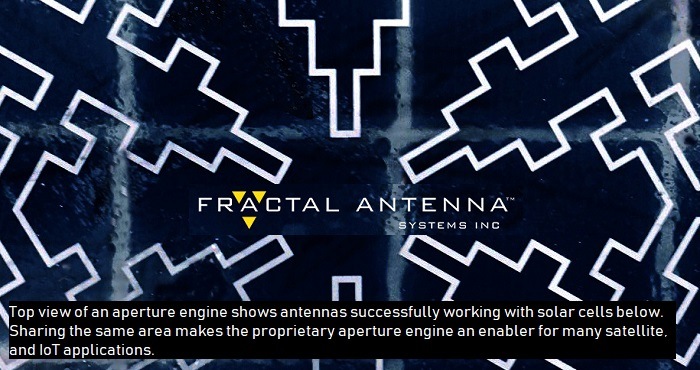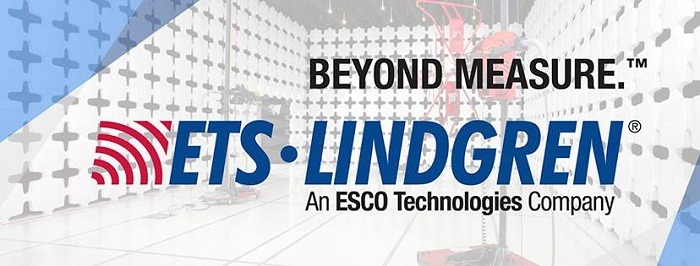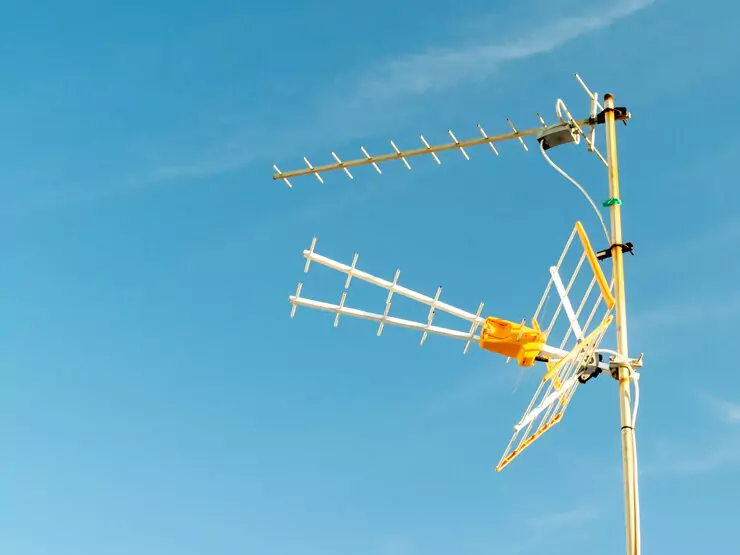Why Cable Connectors Are Essential for Secure Connections
Cable connectors are crucial components in various electrical and electronic systems, facilitating reliable and efficient connections between different devices or systems. The importance of cable connectors cannot be underestimated, as they not only enable the passage of signals and power but also ensure the integrity and performance of the overall system. In a world where streaming services, data transmission, and communication are ever-growing, having secure connections that can adapt to various signals, data rates, and frequencies is essential.
Understanding the Role of Cable Connectors
Cable connectors serve as the point of interfacing between various electrical and electronic components. Their primary function is to create a stable, low-resistance connection that enables effective communication and power transfer. They ensure that electrical signals are transmitted with minimal loss while preventing interference or damage to the components involved. The reliability of these connectors is paramount, especially in critical applications where even minor disruptions can lead to significant issues in performance and safety.
In this environment, RFecho emerges as a trustworthy source of high-quality cable connectors. RFecho specializes in manufacturing connectors that meet industry standards, ensuring that they meet the rigorous demands of modern applications. Their connectors are designed to facilitate secure and stable connections, regardless of operational conditions.
The Function of a Cable Connector
The primary function of a cable connector is to facilitate a reliable electrical connection between two or more conductors. This allows for the seamless transfer of electrical signals or power between devices. A well-designed cable connector prevents issues such as signal degradation, which can occur due to poor connections or interference from external sources. By providing a strong and stable connection, cable connectors play a vital role in the performance of various systems, including telecommunications, data networks, and multimedia applications.
Additionally, cable connectors are engineered to withstand a variety of environmental conditions, such as temperature fluctuations and mechanical stress. High-quality cable connectors ensure a long lifespan, reducing the need for frequent replacements. This reliability is crucial in professional settings, where downtime can lead to significant financial losses.
Ensuring Signal Integrity
Maintaining signal integrity is one of the primary reasons why cable connectors are essential. Any disruption or interference in the connection can lead to data loss, corrupted signals, or reduced performance. High-quality cable connectors are designed with shielding and proper grounding techniques to fend off electromagnetic interference, ensuring that the signals remain clear and undistorted throughout their journey.
Moreover, the design and materials used in cable connectors greatly influence their performance in maintaining signal integrity. For instance, connectors made of high-grade metals provide better conduction, while robust insulations protect against environmental and mechanical stress. By prioritizing these factors, users can ensure that their connections remain stable and reliable, supporting the smooth operation of various electronic systems.
Types of Cable Connectors and Their Specific Uses
There is a wide range of cable connectors, each designed for specific applications and requirements. Understanding the different types of cable connectors is essential for selecting the right one for each unique scenario.
Coaxial Connectors
Coaxial connectors are widely used in telecommunications and broadcasting applications. They are designed to connect coaxial cables, which are essential for transmitting radio frequency signals. These connectors provide excellent protection against external interference, ensuring high-quality signal transmission over long distances.
In telecommunications, coaxial connectors are pivotal in linking antennas to the receiver or transmitter. Their ability to minimize loss and maintain signal strength makes them ideal for applications where reliability is crucial. Additionally, coaxial connectors are often found in cable television installations, satellite communications, and internet services, where a stable connection is necessary for optimal operation.
Application in Telecommunications
In telecommunications, coaxial connectors facilitate the transmission of telephone, internet, and broadcasting signals. These connectors accommodate different cable types, ensuring compatibility in various systems. The insulation and shielding of coaxial connectors also protect the transmitted signals from external electromagnetic interference, a common concern in urban environments where multiple signals may compete for space.
Fiber Optic Connectors
Fiber optic connectors are essential for high-speed data transmission, especially in data centers, telecom networks, and high-definition video applications. These connectors facilitate the connection of fiber optic cables, which use light to transmit data, offering significantly higher bandwidth and speed compared to traditional copper cables.
Fiber optic connectors come in various designs, including SC, LC, and ST connectors, each serving specific applications and installation environments. The precision in the manufacturing of these connectors ensures a minimal loss of light signal during transmission. Their role is critical in large-scale networking, supporting seamless communication and data transfer across vast distances.
 Use in High-Speed Data Transmission
Use in High-Speed Data Transmission
In the era of big data and cloud computing, fiber optic connectors have revolutionized how data is transmitted. They support high bandwidth requirements and provide faster internet speeds, making them indispensable for businesses and organizations that rely heavily on data transfers. By facilitating high-speed connections, these connectors enable smooth operations and improved productivity in modern environments.
HDMI Connectors
HDMI (High-Definition Multimedia Interface) connectors play a significant role in audio-visual transfers. They provide a digital connection for transmitting high-definition video and audio signals between devices such as TVs, projectors, computers, and gaming consoles. With their capacity to carry high-quality signals, HDMI connectors have become the standard in modern AV technology.
These connectors are designed to deliver both video and audio through a single cable, simplifying connections and minimizing cable clutter. HDMI connectors come with various versions that support different resolutions and refresh rates, catering to evolving technology demands in the audio-visual industry.
Role in Audio-Visual Transfers
In the realm of audio-visual applications, HDMI connectors ensure that users experience rich, high-definition content without loss of quality. The ability to transmit both audio and video signals through one cable enhances user convenience while eliminating interference commonly encountered in separate audio and video connections. This capability has made HDMI connectors an essential component in home theaters, professional AV setups, and streaming devices.
In conclusion, the role of cable connectors in ensuring secure, reliable connections across various applications cannot be overlooked. Their contribution to maintaining signal integrity and facilitating efficient data transmission highlights their importance in today’s interconnected world. Whether it’s through coaxial, fiber optic, or HDMI connectors, investing in high-quality cable connectors, such as those offered by RFecho, is essential for achieving optimal performance and security in all electrical and electronic systems.
Industry Standards and Certifications for Quality Assurance
Overview of Common Standards
When selecting cable connectors, understanding industry standards and certifications is crucial. Organizations such as the International Electrotechnical Commission (IEC) and the Institute of Electrical and Electronics Engineers (IEEE) set guidelines that ensure connectors meet specific performance criteria. For instance, connectors that comply with IEC 60529 standards ensure adequate protection against dust and water ingress, which is vital in outdoor or harsh environments. Furthermore, the Underwriters Laboratories (UL) certification signifies that the connectors have been rigorously tested for safety and performance, providing additional assurance to manufacturers and users on the reliability of their connections.
In the realm of high-frequency applications, standards such as the Telecommunications Industry Association (TIA) standards play a significant role in guiding the design and deployment of connectors. These standards not only address performance criteria but also specify testing methods to validate signal integrity and interference mitigation. For example, TIA-568 outlines cabling standards that facilitate seamless communication in data networks. By adhering to these established standards, manufacturers can ensure that their products are compatible with a wide range of systems, further enhancing the versatility and utility of cable connectors in various applications.
Importance of Compliance in Secure Connections
Compliance with industry standards is integral for the development of secure connections. Lack of compliance can result in inferior performance, increased signal loss, and even safety hazards. In environments where reliability is critical, such as medical facilities or financial institutions, the implications of using substandard connectors can be severe, leading to compromised system integrity and potential data breaches.
Moreover, manufacturers like RFecho prioritize adherence to industry standards, ensuring that their cable connectors provide robust security against unauthorized connections and signal interferences. RFecho’s commitment to quality is evident in its meticulous design and stringent testing processes that incorporate relevant standards in each product line. By investing in quality connectors that comply with established industry standards, professionals can avoid connectivity issues and enhance overall system performance, thereby building trust and durability in their electrical and electronic installations.
In conclusion, investing in connectors that meet or exceed industry standards ensures long-lasting, secure connections, safeguarding valuable data and maintaining the integrity of electrical systems across various sectors.
The Impact of Proper Installation on Connection Security
The proper installation of cable connectors significantly affects the overall security and performance of any electrical system. A well-installed connector ensures that the connection remains reliable over time, preventing potential failures that could arise from loose or poorly fitted connectors. When cable connectors are installed correctly, they offer superior resistance to environmental factors, such as moisture or dust, which can compromise the integrity of the connection. Therefore, understanding and implementing best practices during installation is vital to maximize longevity and effectiveness.
Techniques for Proper Installation
Implementing effective techniques during the installation process can greatly enhance connection security. For instance, ensuring that connectors are clean and free from contaminants before installation is crucial. This means that surfaces should be wiped down if they appear dusty or dirty, as any foreign material can affect the quality of the connection. Additionally, it’s key to employ the correct tools for tightening connectors without over-torquing, which may lead to damage. Furthermore, one should verify that all connections are properly seated by applying firm pressure when connecting devices, thus confirming that all components are fully engaged and secure.
Using strain relief mechanisms during installation is another recommended technique. These mechanisms help to prevent accidental disconnections caused by tension on the cables, thus improving connection reliability. Furthermore, it’s advisable to inspect the orientation and alignment of the connectors before finalizing the installation to ensure that they conform to design specifications. This attention to detail not only contributes to a robust connection but also can prevent future issues related to signal degradation or equipment failure.
Common Mistakes to Avoid
Avoiding common installation mistakes is essential for achieving secure cable connections. One significant error is neglecting to check compatibility between connectors and cables. Using incompatible components can lead to poor performance or failure in maintaining a stable connection. Additionally, another common mistake is failing to utilize the appropriate tools, which can result in imprecise installation and potential damage to connectors.
Another frequent oversight is insufficient torque application during the installation of threaded connectors. Under-tightening can lead to loose connections, while over-tightening can cause physical damage to connectors or cables, compromising their integrity. Moreover, neglecting environmental considerations—such as moisture or extreme temperatures—when installing connectors can lead to eventual failure. Ensuring that connectors are rated for the intended environment is critical in preventing long-term issues.
Additionally, installers often overlook labeling and documenting the installation process. Proper documentation can aid in future maintenance and troubleshooting, facilitating an efficient resolution of connectivity issues as they arise. By being aware of these common mistakes and proactively addressing them, professionals can ensure that their cable installations achieve the desired level of security and performance.

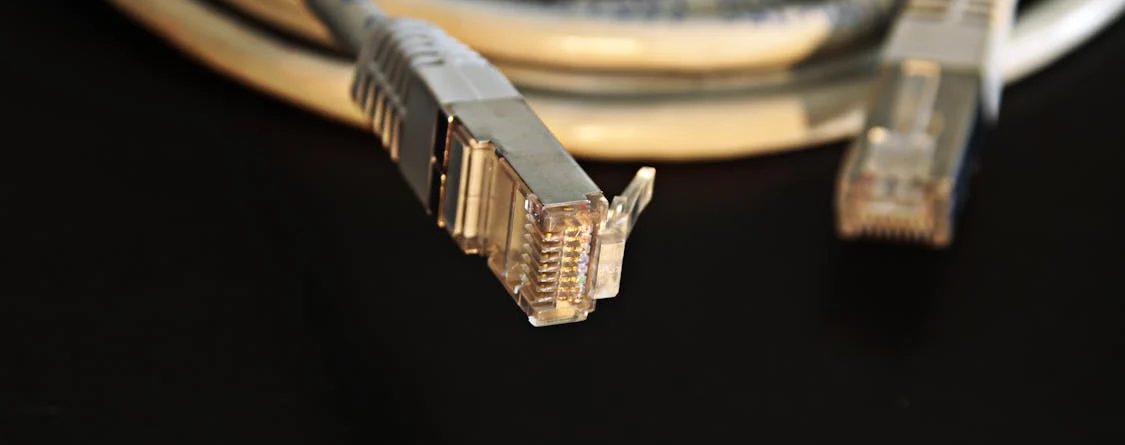
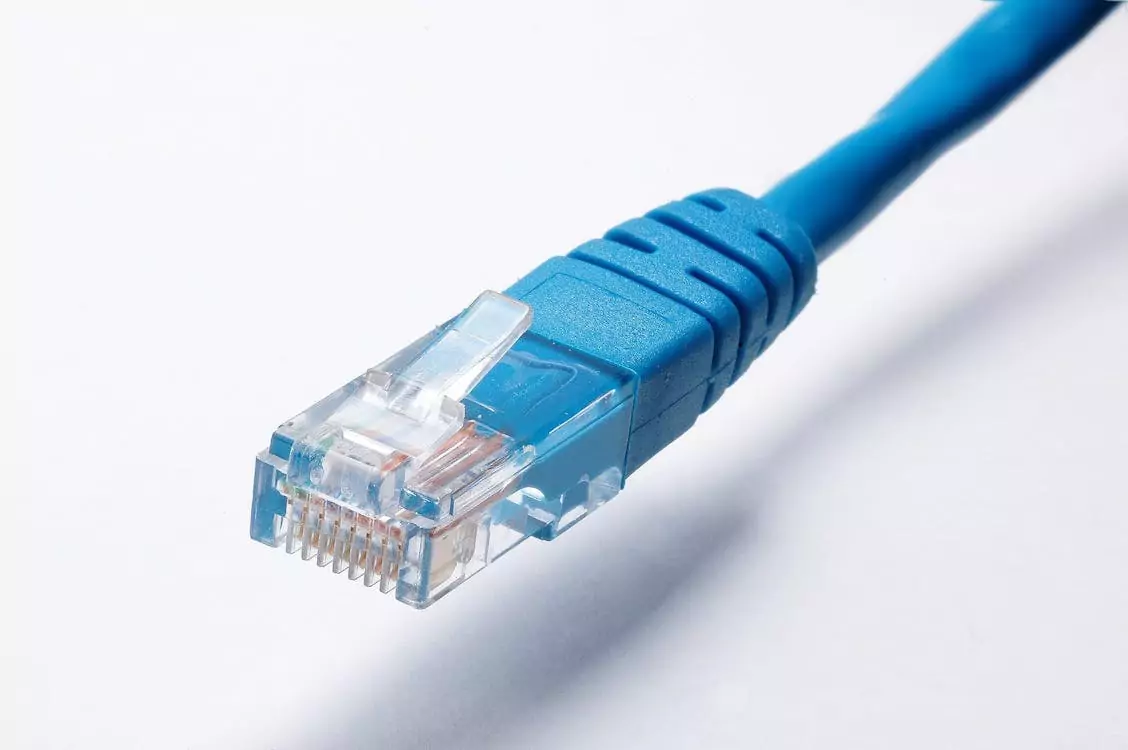 Use in High-Speed Data Transmission
Use in High-Speed Data Transmission
